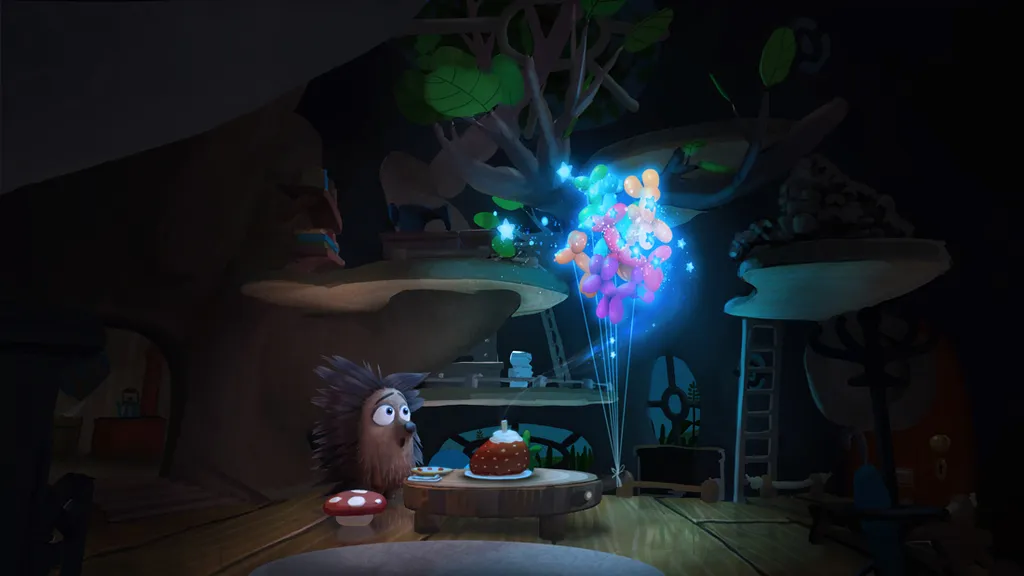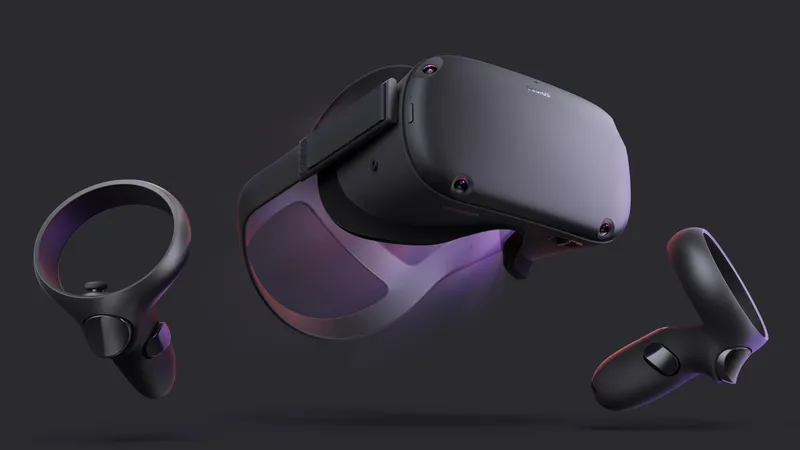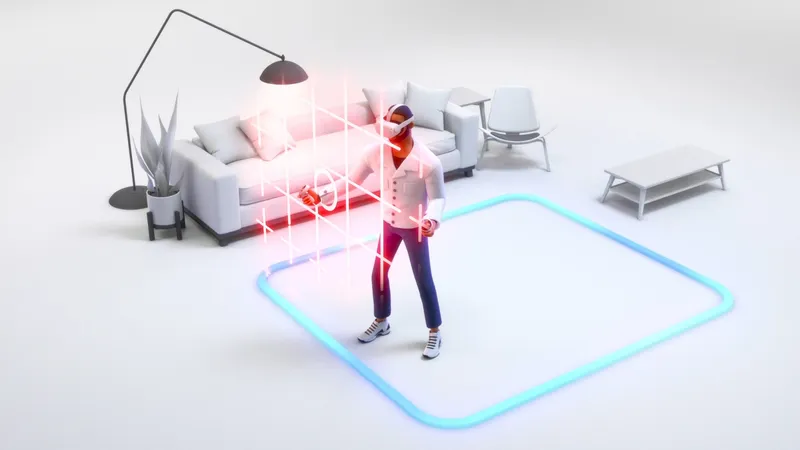As you probably have noticed, the virtual reality universe is constantly expanding. We are being exposed, whether it being through those annoying social media adverts or the mainstream news itself, to innovative ways to incorporate VR in every day activities. Some of these ways are clever and revolutionary, others not so.
To achieve VR’s full potential, I believe it’s important developers take into consideration how we as humans interact with one another. Being able to reflect these traits into their product will allow us to experience the fully immersive journey which we most desire.
In order for us to understand the traits that need to be implemented into this technology, we have to go back to the late 60’s where an anthropologist by the name of Edward T. Hall studied the discipline of gestures, behavior and non-verbal communication which he defined as ‘Proxemics”.
Interestingly, Hall showed that we tend to position ourselves at certain distances from one another depending on what type of relationship we have. Take for example your girlfriend/boyfriend: when you interact with them you tend to stand close to one another. On the other hand, if you were just friends, you would maintain a larger distance between yourselves.
These are the distances you would expect to see varying with specific relationship levels:
(1) 0 – 18 inch = Intimate distance (boyfriend and girlfriend)
(2) 1.5 – 4.5 feet = Personal distance (friend)
(3) 4 – 12 feet = Social distance (co-worker)
(4) 12 or more feet = public distance (typical smelly man/woman on the underground)
Distances therefore help us determine the type of relationship between two subjects so that if we see two people on a park bench we can tell what kind of relationship they have without the need of verbal communication.
So why did I bore you with Edward Hall? And what does this have to do with virtual reality? The characters in VR are in front of us and they are not constrained within a rectangular frame as seen on television or at the cinema. It is inevitable that the distance formed between the story’s characters and us, affects the way we relate to it. For example, if the main character is on a table in front of us only a few inches from our nose, we would feel a close relationship with the character just as we would in real life!
Oculus Story Studio is notable for putting the viewer in proximity of a virtual character. They did this with Henry. From the trailer release on “Oculus Share” we can see the distance between Henry and the viewer is changed depending on the story’s progression.
[gfycat data_id=”ParchedMealyJenny”]
Initially, when Henry first notices us, he thinks that he has found a new friend and happily approaches us, entering into our “personal space”. This allows us to empathize with him and it creates a relationship which grows as the story continues. Later on, the narrator tells us that due to his spikes he cannot have friends, Henry steps back moving further away from us while looking down.
[gfycat data_id=”TintedEnlightenedGhostshrimp”]
Now, he is inside the “social/public zone” and different emotions are created within us compared to before. As the viewer, we are now sad for Henry. The distance between us and therefore influences how we feel and helps to build a stronger “emotional contrast”.
In this case we have in front of us a cute character such as Henry whereby when the distance was reduced, we gained an increased sense of intimacy and empathy. However, if we look at this from a different prospective, such as a scary character such as a monster, a decreased distance would cause a sense of fear within us. If you are brave enough, you can experience this in the horror VR created by Guy Shelmerdine!
[gfycat data_id=”EsteemedForcefulBlackandtancoonhound”]
Likewise, this happens also when the protagonist of “Colosse” (Produced by Joseph Chen), a hunter, hears a worrying sound: someone is approaching him. So the hunter comes closer and closer to the viewer, as if is seeking for shelter (it reminds me of a scared kid running to his mom and hugging her arm, do you not get the same feeling?)
[gfycat data_id=”ImmaterialDependableIncatern”]
But one of the strongest sense of proximity I’ve ever had VR, has been in “Clouds over Sidra”. We are almost at the end of this experience, we have experienced the life of a young girl in a refugee camp in Syria, when many little kids run all around us, forming a circle with us in the center. What a brilliant idea to convey such a strong feeling of empathy and connection.
[gfycat data_id=”WellwornRevolvingAzurevase”]
Different distances convey different emotions to the viewer, emotions which can be completely different depending on the character’s nature (positive or negative). This can be compared to the cinematic medium which is organized through different shots. A “close-up” has a different meaning than a “long-shot” or a “medium shot”. This is due to distance between the subject and the camera position. However, in the cinematic medium, it is possible to alternate the viewer’s perception of distance from the subject (thanks to different lenses; wide angle or telephoto), which can not be achieved in VR. To create something similar to the cinematic film shot, from a narrative standing point, the distance between the subject and the camera seems like an important factor to consider.
To explain better what I mean, let’s take a look at “Waves of Grace,” co-directed by Gabo Arora and Chris Milk.
[gfycat data_id=”MilkyAdeptGangesdolphin”]
Overall, the “proximity” with a character in VR has the role of making the viewer experience the story as more compelling. It does this by developing a connection between characters in a way no other media has done in the past.
However, for all this to matter it is necessary to be aware of the characteristics, potential and limits of VR.
Post contributed by Aimone Bodini.





























